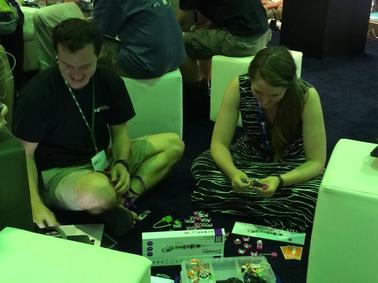 Robert and I making things in the Bloggers' Cafe.
Robert and I making things in the Bloggers' Cafe. I learned some things from ISTE, but not in the way that you would suspect. Usually people attend conferences to go to every session that they possibly can. The truth is, I've never done really done that at any conference. But then again, I've never been to so few sessions at a conference, either.
I can say going to only a few sessions was one of the best decisions I made throughout the time I spent in Atlanta. Not that there weren't great sessions to attend - the sheer amount of amazing individuals that presented was overwhelming. The point was that the sessions that I would have went to were all people that I'm already connected with on Twitter. The concepts they were speaking about were things that I could learn in my pajamas at home. Why would I waste valuable time that i could otherwise spend actually connecting with these individuals face to face?
And the cool part? This strategy led to some very cool things. Things like improptu, delicious lunches with great conversations. Things like playing with Little Bits and building awesome stuff in the Blogger's Cafe with Robert Pronovost. Things like actually getting to sleep in a little bit because it was really easy to stay out and talk to people late.
 Group selfie at Turner Field. Thanks, Amber for organzing!
Group selfie at Turner Field. Thanks, Amber for organzing! For next year - yes, there will be a next year - I have some recommendations for my future self... and if this can help someone else, then great!
You cannot be in two places at once... and that's okay.
I struggled a lot with FOMO during my first ISTE. There was so much going on and so many people that I wanted to spend time with that I pushed the envelope on the times that I needed to be in certain places. Needless to say, this plan didn't work out, and it didn't work out a few times. Initially, I had a hard time accepting that I couldn't be everywhere, but what I did get to do was fantastic.
Make time for specific people that you want to connect with further.
If it's important, schedule it. And don't make the mistake of pushing it too close to other obligations like I did. There are people that are on the top of my list to connect with next time for sure.
Blend in some "flex time".
Some of the best parts of the week were those that were unplanned. If someone asks you to go for an impromptu lunch, go. Seriously. The richness of discussions over food and drink was where the magic really happened at this conference. From sharing tech tools to insecurities to bigger picture issues in the edtech world, relationships were built even if there was no expectation to do so initially. That was pretty fantastic.
Cute shoes are stupid because... walking.
Okay, so stupid is a harsh word, but let's just say I'm sticking with cozy all week next year. ISTE = insane amounts of walking. I wore cute shoes for ONE day - the day of my poster presentation - and experienced my first bl-ISTE-s. And that was Day 2. Oops.
Go to a local sports event or tourist attraction.
I had the opportunity to go to the Atlanta Braves vs. New York Mets baseball game while I was at ISTE. I absolutely adore live sporting events and love checking out different stadiums/field/arenas. I could have done without the Braves fans' Tomahawk chop, though. Seriously... that's messed up.
Do a photowalk.
Photowalks are great for helping you explore the city and all it has to offer. Our group shot some beautiful spots and fabulous architecture in Atlanta. And more than that, we found out where the places we wanted to visit were. I wish we would have had more time to actually do so... I'd love to check out the Aquarium and the Civil & Human Rights Museum.
I'm sure I could come up with many more things to recommend to myself for next year, but my lack of sleep is protesting against my will to write. Until next year, ISTE. It's been a slice!















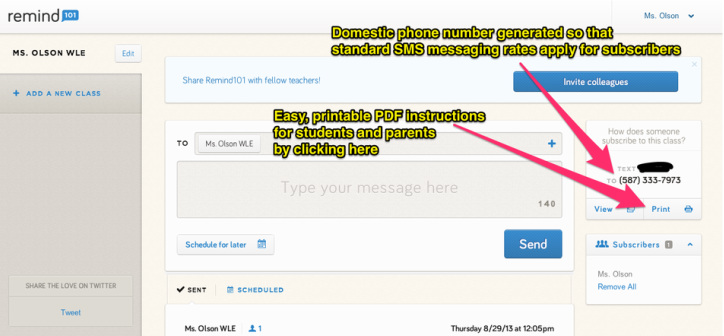

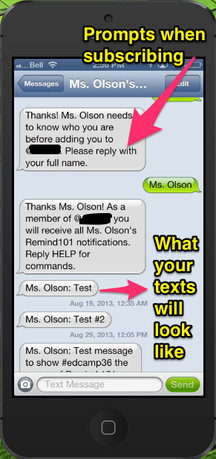


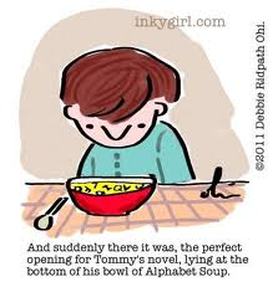
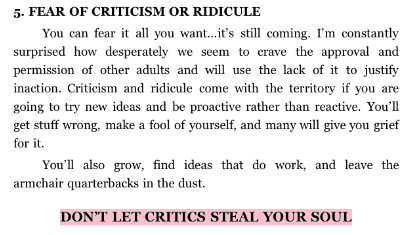


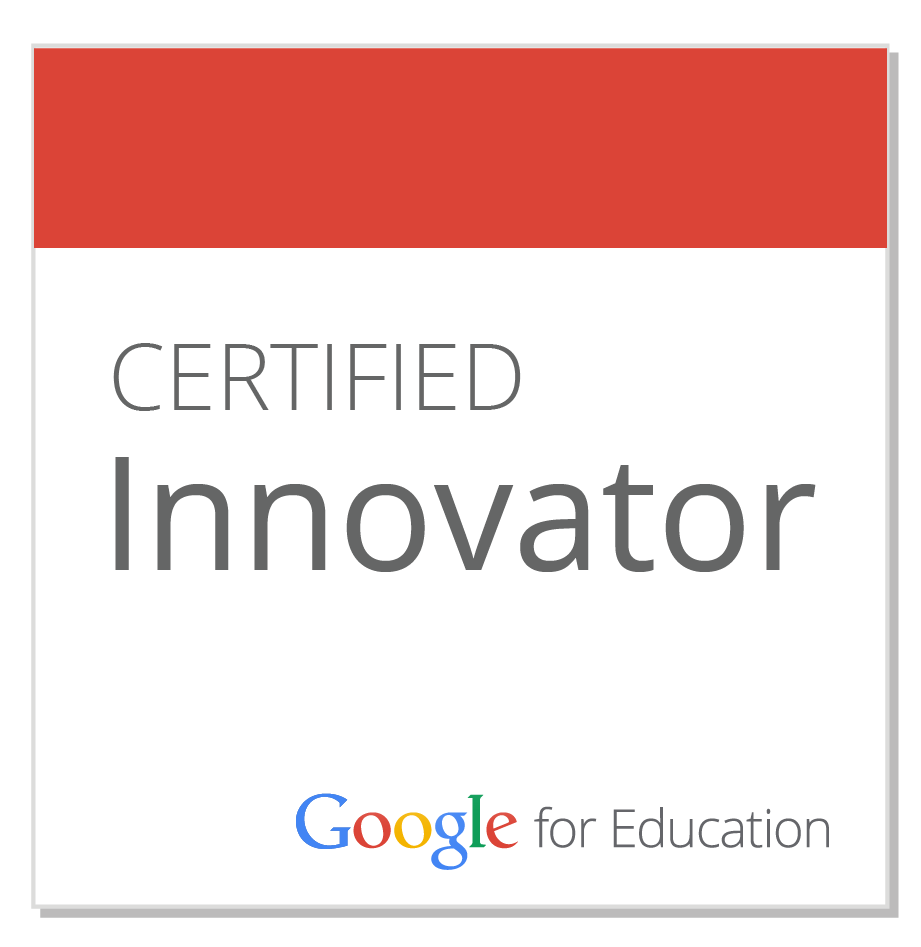
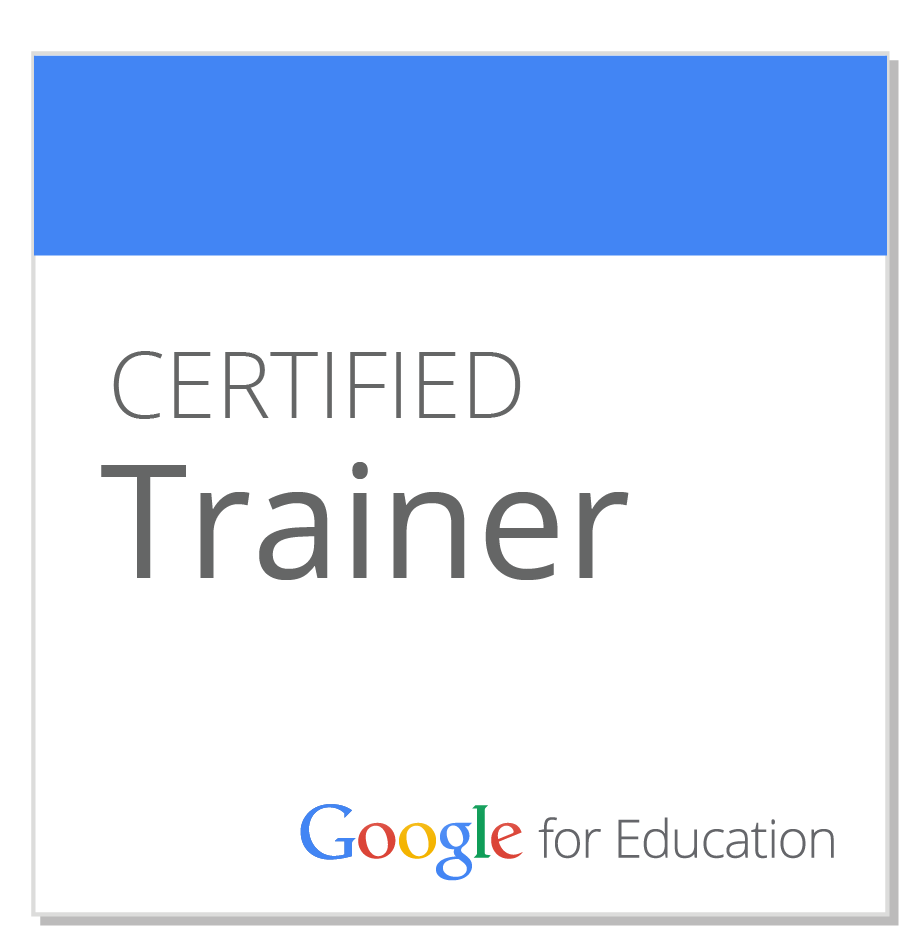
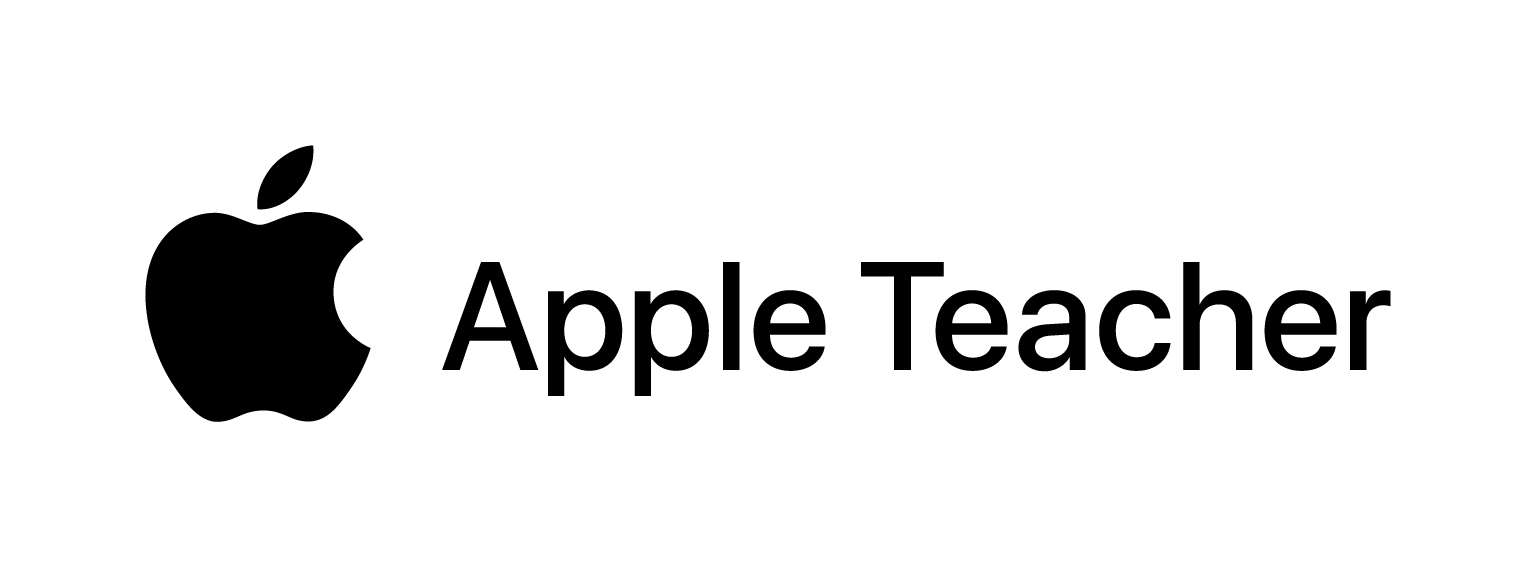
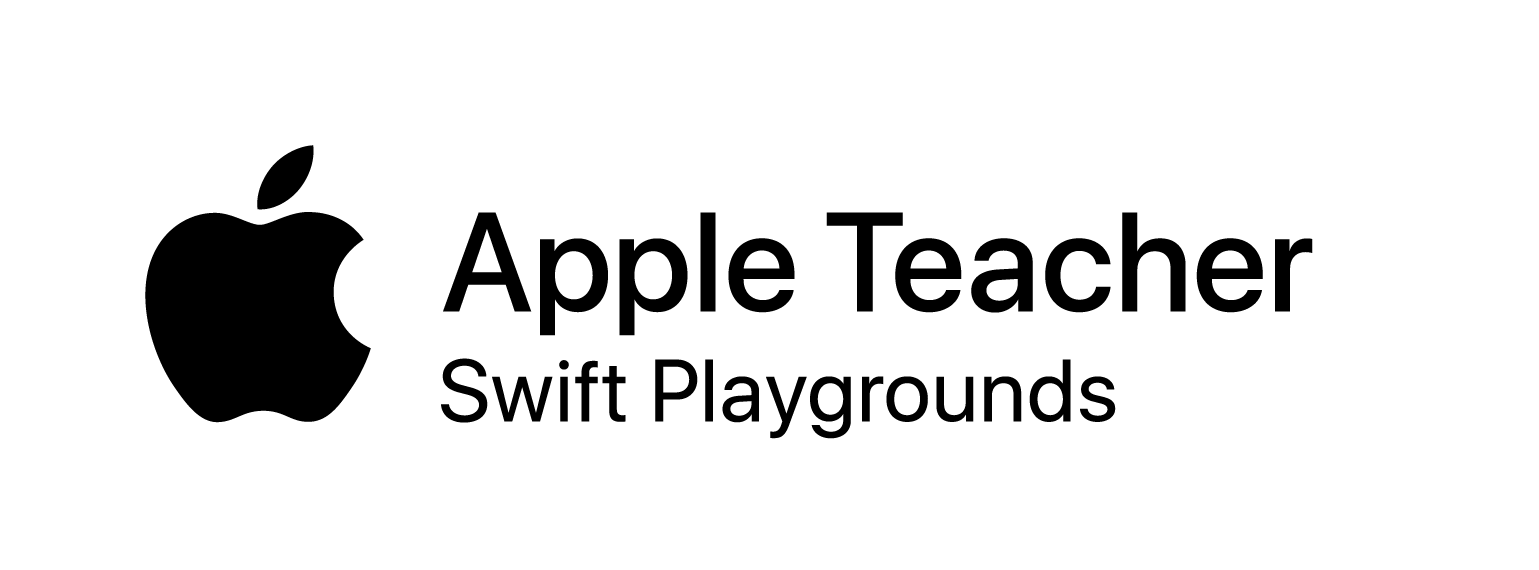


 RSS Feed
RSS Feed
